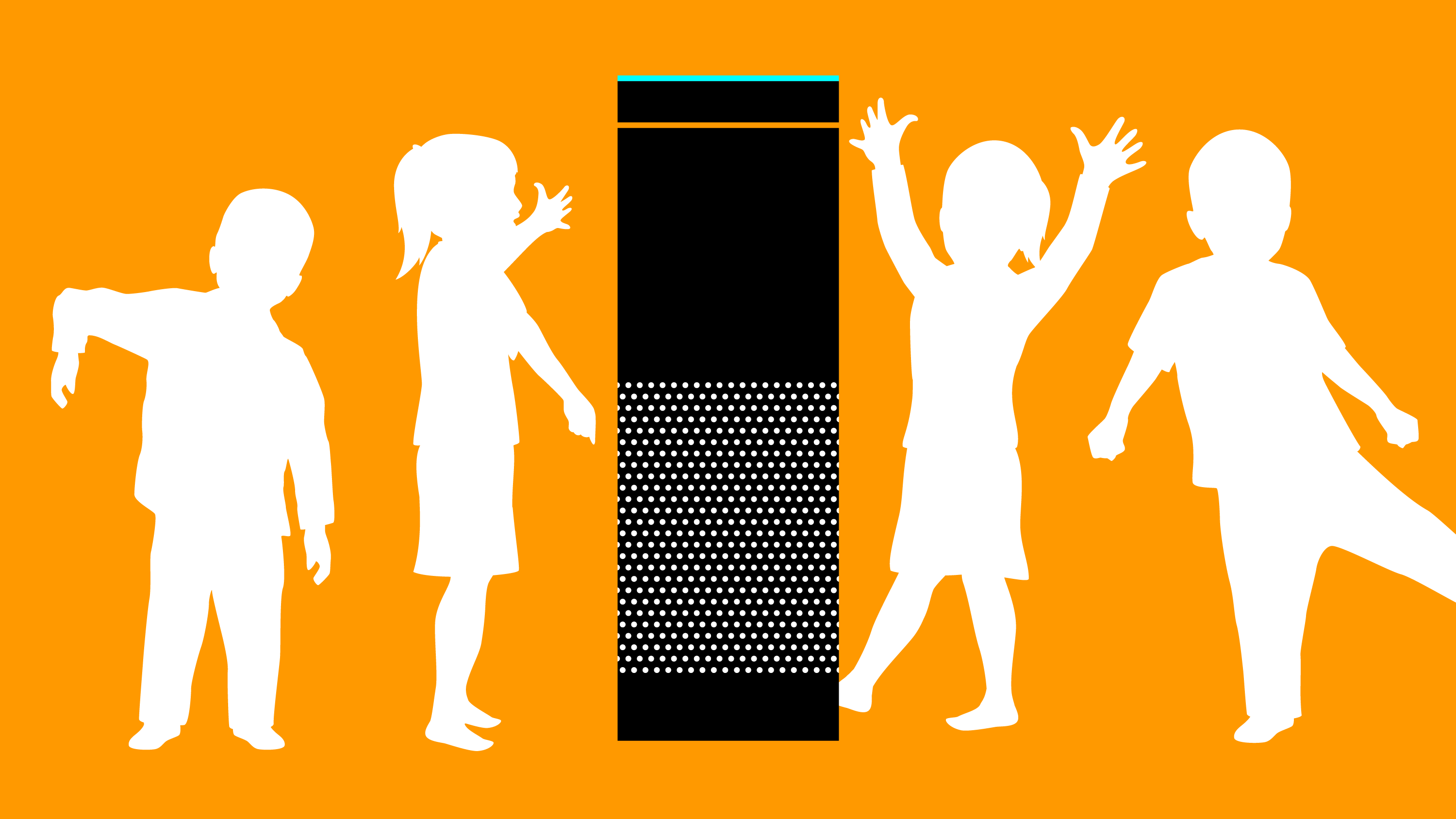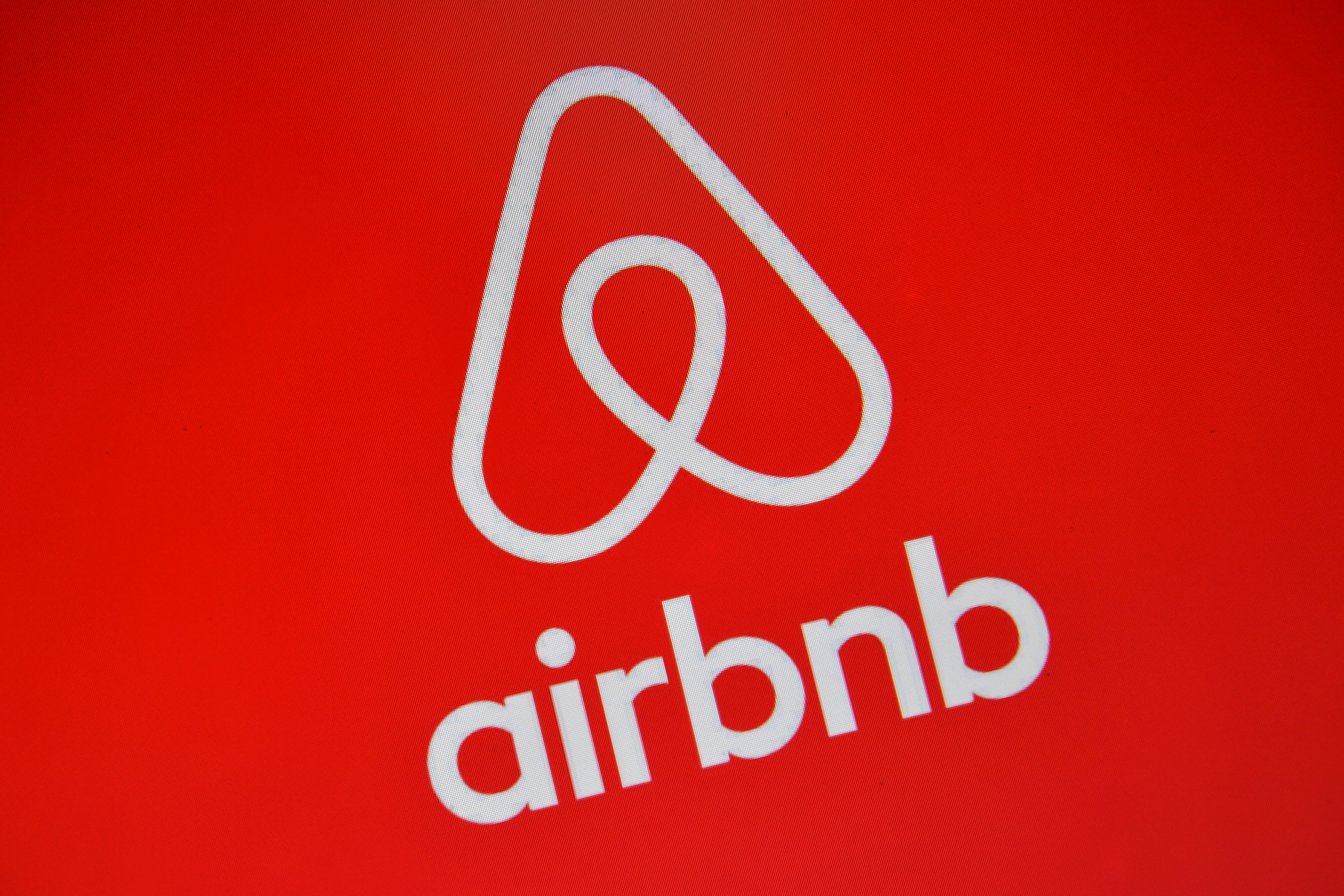In the summer of 2012, I had just learned of a new service where a driver would pick you up in their own car, not a taxi or licensed town car. You’d be able to recognize the car by the pink mustache strapped to the front. I quickly downloaded the new app called Lyft and, intrigued, started to share it with others around the Airbnb offices.
Almost everyone gave me the same response: “I would never use it.” I asked why. “Well, I wouldn’t feel comfortable getting into someone else’s car.” I said, “Wait a minute, you are comfortable allowing others into your home and staying in others’ homes while you travel, but you don’t want to get into someone else’s car?” The reply was always a version of “Yeah, I guess that’s it — a car is different than a home.”
I was dumbfounded. Here was a collection of adventurous individuals — who spent their days at Airbnb expanding the boundaries of what it means to trust another person — but they were stuck on the subtle behavior change of riding shotgun with a stranger. I then had another quick reaction: this product was going to be huge.
Behavior shifts in consumer internet
Truly transformative consumer products require a behavior shift. Think back to the early days of the internet. Plenty of people said they would never put their credit card credentials online. But they did, and that behavior shift allowed e-commerce to flourish, creating the likes of Amazon.
Fast-forward to the era when Myspace, Facebook and other social networks were starting out. Again, individuals would commonly say they would never put their real names or photos of themselves online. It required only one to two years before the shift took hold and the majority of the population created social media profiles. The next wave included sharing-economy companies like Airbnb, Lyft and Uber, prompting individuals to proclaim they would never stay in someone else’s home or get into their car. In short order, times changed and those behaviors are now so commonplace, these companies are transforming how people travel and move about the world.
The behavior shifts were a change in socially accepted norms and previously learned behavior. They alone don’t create stratospheric outcomes, but they do signal that there could be something special at play.

Build an enhanced experience
Still, just because a product creates a behavior shift does not mean that it will be successful. Often, though a handful of loyal users may love them, there is ultimately no true advantage to these products or services.
One prime example comes to mind in the product Blippy. In late 2009, the team built a product to live stream a user’s credit card transactions. It would show the purchase details to the public, pretty much anyone on the internet, unlocking a new data stream. It was super interesting and definitely behavior shifting. This was another case where many people were thinking, “Wow, I would never do that,” even as others were happily publishing their credit card data. Ultimately there was little consumer value created, which led Blippy to fold. The founders have since gone on to continually build interesting startups.
In successful behavior-shifting products, the shift leads to a better product, unlocking new types of online interactions and sometimes offline activities in the real world. For instance, at Airbnb the behavior shift of staying in someone else’s home created a completely new experience that was 1) cheaper, 2) more authentic and 3) unique. Hotels could not compete, because their cost structure was different, their rooms were homogenized and the hotel experience was commonplace. The behavior shift enabled a new product experience. You can easily flip this statement, too: a better experience enabled the behavior shift. Overall, the benefits of the new product were far greater than the discomfort of adopting new behavior.
Revolutionary products succeed when they deliver demonstrable value to their users. The fact that a product creates a behavior shift is clearly not enough. It must create enormous value to overcome the initial skepticism. When users get over this hurdle, though, they will be extremely bought in, commonly becoming evangelists for the product.![]()
Unlock greenfield opportunity
One key benefit of a behavior-shifting product is that it commonly creates a new market where there is no viable competition. Even in cases where several innovative players crop up at the same time, they’re vying for market share in a far more favorable environment, not trying to unseat entrenched corporations. The opportunity then becomes enormous, as the innovators can capture the vast majority of the market.
Other times, the market itself isn’t new, but the way the product or service operates in it is. Many behavior-shifting products were created in already enormous markets, but they shifted the definition of those markets. For instance, e-commerce is an extension of the regular goods market, which is in the trillions. Social media advertising is an extension of online advertising, which is in the hundreds of billions. Companies that innovated within those markets created new greenfield, but also continued to grow the existing market pie and take market share away from the incumbents. The innovators retrain the consumer to expect more, forcing the incumbents to respond to a new paradigm.

(Photo by Carl Court/Getty Images)
Shape the future
A behavior shift also allows the innovator to shape the future by creating a new product experience and pricing structure.
When it comes to product experience, there are no prior mental constructs. This is a huge advantage to product development, as it allows teams to be as creative as possible. For instance, the addition of ratings in Uber’s and Lyft’s products changed the dynamic between driver and rider. Taxi drivers and passengers could be extremely rude to each other. Reviews have altered that experience and made rudeness an edge case, as there are ramifications to behaving badly. Taxis can’t compete with this seemingly small innovation because there is no mechanism to do so. They can’t enhance quality of interaction without taking the more manual approach of driver education.
Another benefit to the innovator is that they can completely change the economics of the transaction, shaping the future of the market. Amazon dictated a new shopping experience with online purchasing, avoiding the costs of a brick-and-mortar location. They could undercut pricing across the board, focusing on scale instead of margin per product. This shifted the business model of the market, forcing others to respond to follow suit. In many cases, that shift ultimately eroded the competition’s existing economic structure, making it extremely challenging for them to participate in the new model.

Expect unintended consequences
It can be difficult to imagine at the outset, but if your product is encouraging massive behavior shifts, you will undoubtedly encounter many unintended consequences along the way. It is easy to brush off a problem you did not directly and intentionally create. But as the social media companies are learning today, very few problems go away by ignoring them. It is up to you to address these challenges, even if they are an unintended byproduct.
One of the most common unintended consequences nearly all behavior-shifting companies will run into is government regulation. Regulation is created to support the world as it is today. When you introduce a behavior shift into society, you will naturally be operating outside of previously created societal frameworks. The sharing-economy companies like Airbnb and Uber are prime examples. They push the boundaries of land-use regulation and employer-employee relationships and aggravate unions.
I want to emphasize that you should not ignore such matters or think that their regulation is silly. Regulation serves a purpose. Startups must work with regulators to help define new policy structures, and governments must be open to innovation. It’s a two-way street, and everyone wins when we work together.
What’s next
My advice is to start by thinking about existing categories that represent people’s biggest or most frequent expenditures. The amount of money you spend on your home, transportation and clothes, for example, is enormous. Is there an opportunity to grow and capture part of these markets by upending old commercial models and effecting a behavior shift?
Scooter networks are a real-time example of a behavior-shifting innovation that is just getting going. It has the same explosive opportunity of prior game-changing innovations. There are still many individuals who state that they will never commute on a scooter. But applying this framework tells me that it is just a matter of time before it is more widely adopted as the technology keeps evolving and maturing.
There is no magical formula for uncovering massive, behavior-shifting products. But if you come up with an innovative idea, and everyone initially tells you that they would never use it, think a little harder to make sure they are right…
Source : Changing consumer behavior is the key to unlocking billion-dollar businesses










